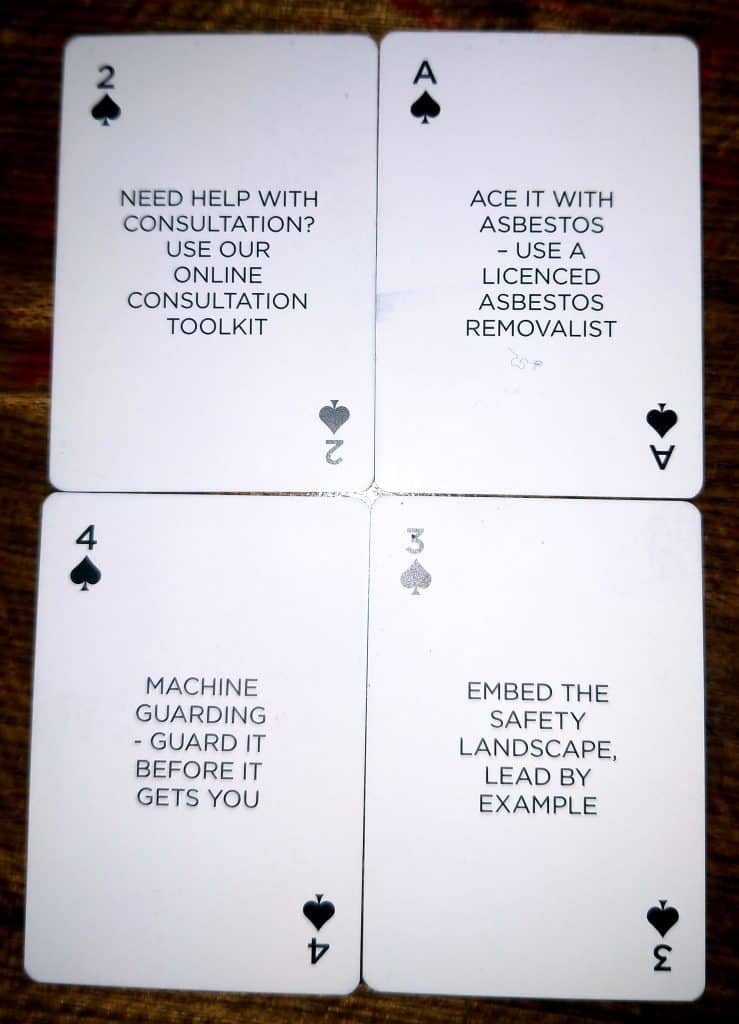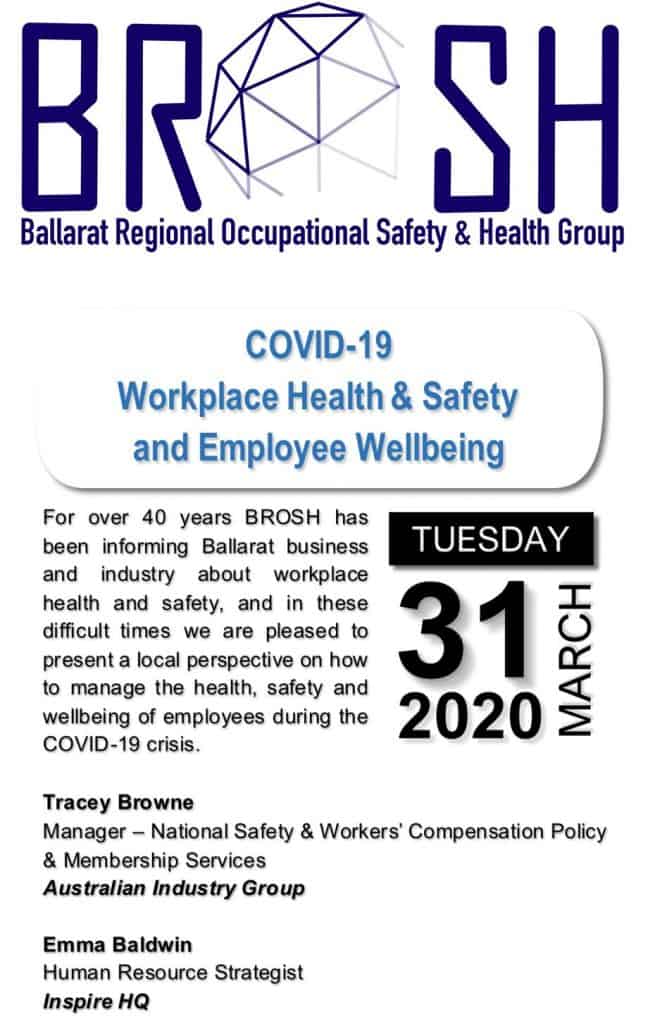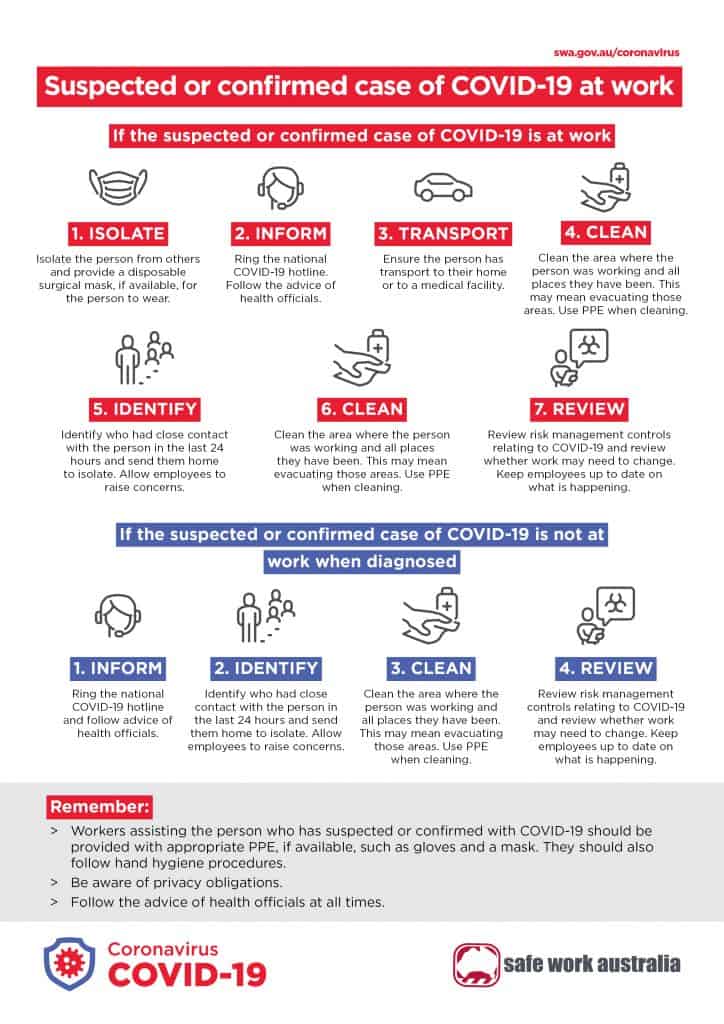
Craig Schopp is an occupational health and safety (OHS) consultant from South Australia, who runs his own business, Choose Safety, and has accepted the humanising OHS challenge.
How did you get into Health & Safety?
Continue reading “OHS and Craig Schopp”Initially picked safety up as an extension of process engineering and quality management, then found safety to be a better fit with my personal ethics. Looking back now, I realise that a lot of the process improvements we were implementing had a safety improvement too, but this was not really the main intention of the work.






